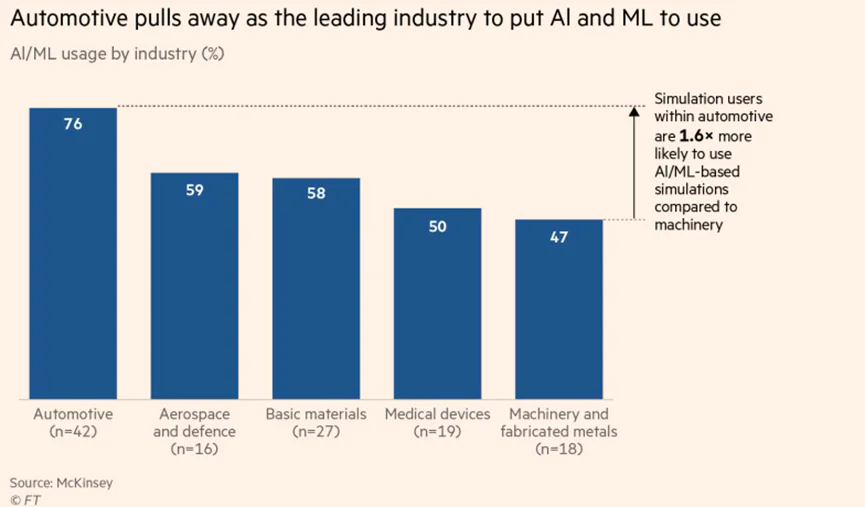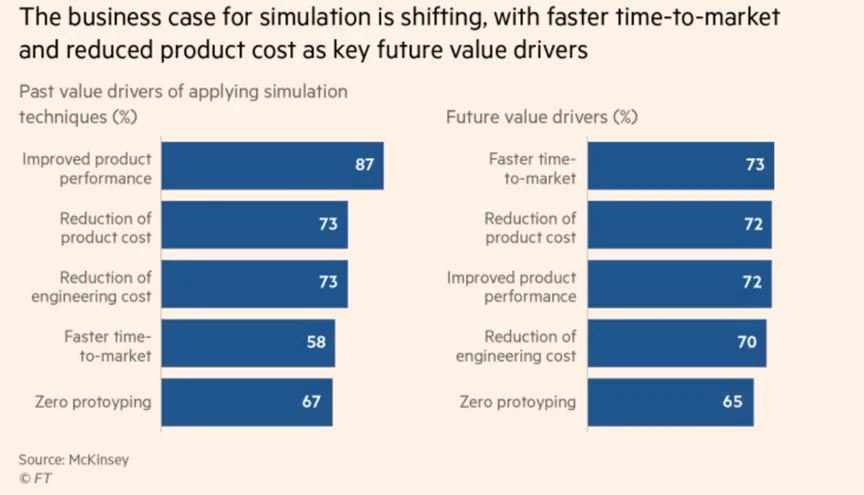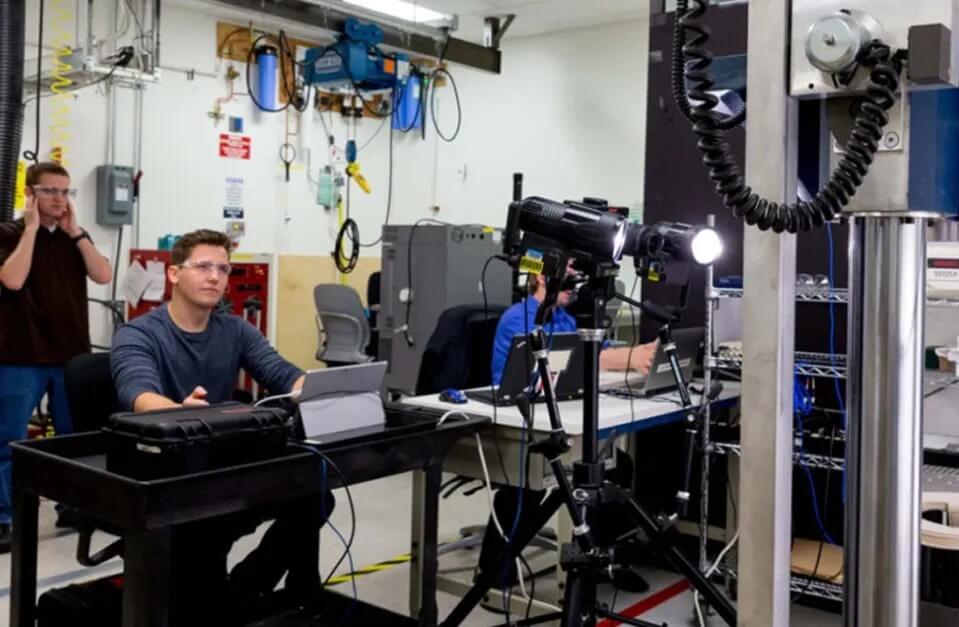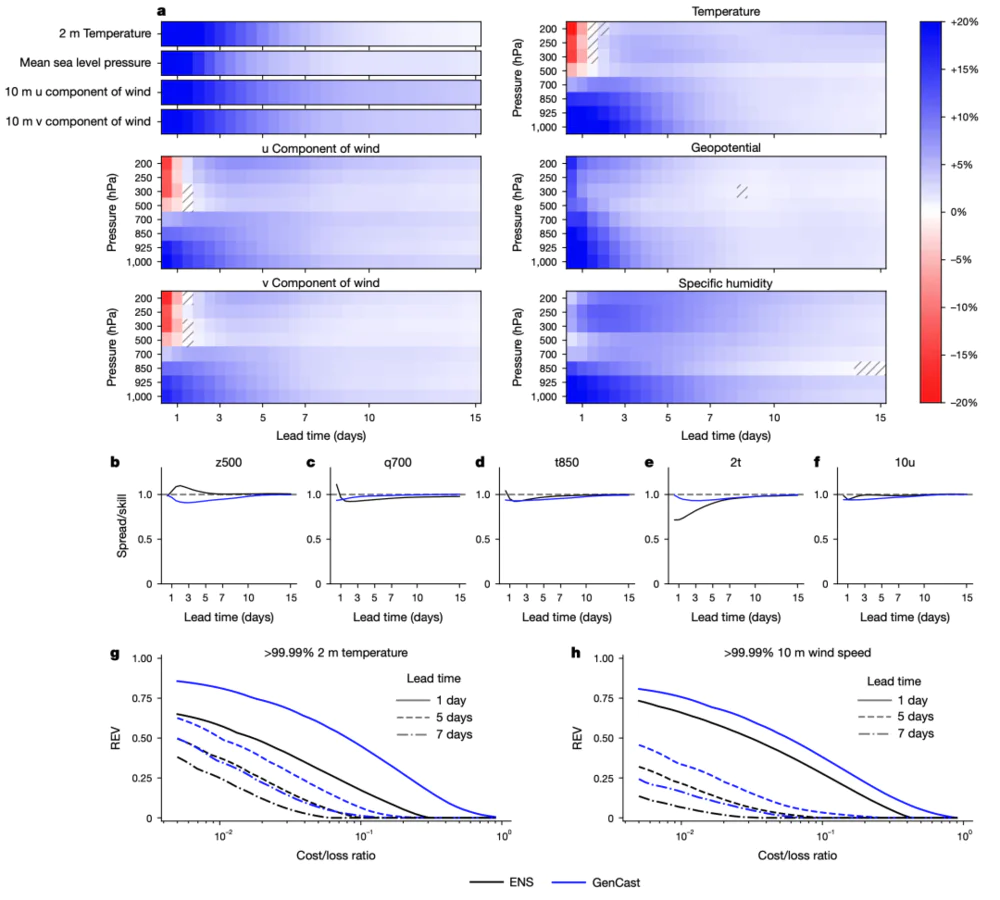There's a saying that startup companies do only two things: create a "product" and sell the "product."
In the "selling products" phase, AI + sales and AI + SDR have become popular tracks. For example, 11x’s "digital employee" Alice automatically collects customer lists and uses emails and LinkedIn messages to mine for potential customers. It is reported that 11x’s ARR has reached $10 million, and it has just completed a $50 million Series B round led by a16z. Another sales lead generation tool, Clay, integrates over 75 data-rich providers and uses agents to crawl, analyze, compare, and process web information. Currently, Clay is valued at $500 million and has been funded in two rounds by Sequoia.
In the "creating products" phase, AI is similarly expected to "reduce costs and increase efficiency."
On the one hand, R&D expenditures are massive. The latest statistics from the UK show that R&D spending reached £71 billion in 2022, with £50 billion coming from the commercial sector. In the U.S., this figure is about $886 billion, with $690 billion from business investments.
On the other hand, such large R&D spending is essential. A 2023 McKinsey report predicted that in the next five years, one-third of sales in major industries such as automotive, telecommunications, and consumer goods (a total of around $30 trillion) will be driven by new products.

Harvard Business Review once pointed out: if a company allocates 70% of its resources to core project innovation, 20% to adjacent innovation, and 10% to disruptive innovation, it will outperform its peers. At the same time, research also suggests that tech companies should increase investment in the latter two types of innovation.
So, what role will AI play in product development? Recently, the FT published a study titled AI and the R&D Revolution, which explores how AI can excel at each stage of product development. The article has been compiled and moderately rewritten to retain its original intent.
1. What is Innovation? How Does AI Participate in Innovation?
All companies are essentially tech companies.
The core of innovation lies in mindset. Sean Ammirati, a professor of entrepreneurship at Carnegie Mellon University, believes that fostering an entrepreneurial culture in R&D departments helps drive innovation, even in large companies. Teams with this mindset are more likely to propose disruptive, rather than incremental, product development plans.
Ammirati himself has founded several machine learning startups and believes that many companies fail to invest enough resources in "adjacent innovation" and "disruptive innovation." In today’s era of technological ubiquity, every company should regard itself as a tech company when planning its R&D budget.
Define Your Goals and Target Customers
If you're a window and door manufacturer, who exactly is your target customer?
In Iowa, a company called Pella, which manufactures windows and doors, didn’t view homeowners as the primary users. Instead, they targeted window installers. They developed a window product that can be installed indoors, reducing the risks faced by workers operating at high altitudes in tall buildings.
Goals are equally important in the R&D process, including clarifying whether your goal is to lower material costs, reduce engineering costs, speed up time to market, or all of the above. Keeping your goals in mind helps set KPIs to evaluate the process.

The More Data You Can Access, the Easier It Is to Understand Customer Needs
Customer demand is always the inspiration for product development.
For example, Taobao operators can clearly track that, every night at 9:30 PM, women aged 25-30 tend to search for certain types of products. However, Taobao sellers themselves cannot access this data.
In contrast, the value of brands hosting their own websites becomes apparent because they can retain and interpret customer data. These real-time insights help companies optimize and expand their product lines.
For example, the lingerie brand Lively found that many women were searching for strapless bras, so they added that to their product line. Tommy John noticed that women were buying men’s underwear and subsequently launched "underwear," T-shirts, and pants designed for women.
In the process of collecting and organizing data, ensuring its accuracy is crucial. Especially when deploying AI systems, as they rely on statistical models based on data. If the data input is not rigorous enough, it can lead to continuous problems.
As technology advances, more and more products are being tailored for a "single user group." For instance, Rihanna’s Fenty Beauty uses image recognition and machine learning to offer makeup products based on the customer’s skin tone. Nike’s "Nike By You" service allows customers to freely mix and match styles, colors, and designs to create their own personalized sneakers.
Co-created products go beyond personalized services. In this process, customers can not only suggest modifications based on predefined options but can also directly tell the company their true needs, just like IKEA does.
At an AI summit hosted by Bloomreach, an online marketing service provider, Azita Martin, Vice President of Retail and CPG AI at Nvidia, pointed out that for many companies, the future challenge will be how to quickly meet the highly personalized order demands—essentially serving the "single-user market." From accurate demand forecasting to improving distribution center efficiency and last-mile delivery, AI provides retailers with tremendous flexibility.
2. From Concept to Reality: How Does AI Drive Product Development?
Even without access to data, you can still independently conceptualize product ideas.
However, with the help of AI, you can brainstorm starting from an idea or even a vague concept, refine the product concept, conduct market research to see if similar products exist, and analyze competitors to get suggestions for differentiation.
AI can also provide multiple versions and improvements of a product to meet specific market demands—some of which might be in niche areas that human designers hadn’t thought of.
As the product concept becomes more refined, AI can assist in developing market testing strategies, accelerating the product design and testing process, and offering suggestions related to materials, sourcing, and manufacturing processes. This is particularly helpful for startups and small businesses. For instance, the founder of Skittenz, a manufacturer of ski glove accessories, used AI to explore suitable materials and manufacturing processes and brought their innovative products to market.
Here are some commonly used tools in R&D:
Market Research: Digital market research tools like SurveyMonkey, Google Forms, and Typeform, which are supported by digital distribution, offer wide reach and enhanced analytical features.
Product Design: CAD-CAM software used in engineering, architecture, and manufacturing (such as Autodesk, Siemens, and Trimble) is incorporating AI capabilities. Generative design technology uses machine learning algorithms to propose optimized designs based on different parameters (such as material efficiency or structural strength). Once engineers set basic requirements and constraints (like manufacturing processes, load capacity, and flexibility), the system can offer multiple design variants, some of which may be novel. By combining AI with these tools, R&D teams can drive innovation at unprecedented speed and efficiency.
Digital Prototyping: Purely digital prototyping significantly reduces R&D costs. Companies can leverage cloud computing-supported machine learning models to conduct more digital experiments. Cloud computing also means companies no longer need to spend heavily on internal servers. This technology brings true innovation—offering democratized tools that even small startup teams can access.
Simulation Testing: From marketing strategies to product performance.
Simulation technology is widely used to test marketing strategies (such as A/B testing), helping companies determine the best ways to communicate with customers. It can also be used in product development to test different variants of materials and designs. For example, engineering software like Ansys and Matlab helps designers create virtual objects and test their performance in various environments, including fluid dynamics and thermodynamics. The value of such software is that testing can be done without physical prototypes.
Market acceptance analysis is another important use of simulation testing. Unlike marketing strategy testing, it focuses on the product’s feasibility. For example, it compares product pricing and performance, evaluating the impact of different economic environments and competitors. Although simulations are demanding in terms of computing power, cloud computing can provide the necessary support.
3D Printing: Lowering production barriers.
Once simulations and testing are successful, businesses can use 3D printing to advance product development without the need to immediately invest in producing the actual product. In the past, prototype design required several steps, from drawings to clay modeling; now, digital tools have greatly reduced production barriers.
The combination of generative AI and 3D printing will further enhance design flexibility. For instance, designers can ask AI to generate multiple improvement versions. Bosch’s AI-supported 3D printing technology can even adjust material inputs, temperature, and pressure in real-time, ensuring prototype quality is comparable to the final product. This technology supports small-batch production, reducing the risk of investing in large-scale facilities. Additionally, Bosch's ceramic 3D printing technology can accurately simulate different shrinkage phenomena during the firing process, ensuring high-precision manufacturing.
Digital Twin: From theory to full lifecycle management.
Digital twins can dynamically update throughout a product's lifecycle, offering suggestions for improvements. This technology is widely used in the management of supply chains, power plants, and other facilities, helping predict product performance during long-term use.
According to a forecast by Fortune Business Insights, by 2030, digital twins will drive the computer-aided design and product lifecycle management market to a size of $26.4 billion, with the North American market accounting for about one-third. Although still in its early stages, EY highlights that the “industrial metaverse” is the next phase of digital twin technology. The industrial metaverse maps and simulates highly complex systems such as machines, factories, and cities, providing optimal solutions for real-world problems and pushing the digital and intelligent development of industries into a new stage.
Collaboration Software: Fostering Team Innovation.
Basic tools like Slack support team discussions, while more specialized innovation management software (such as Miro, Braineet, and Ideanote) helps businesses record ideas and data. While these tools don’t directly generate concepts, they enable teams to quickly absorb lessons from failures and improve products through knowledge sharing.
The key to innovation is not success but the ability to fail quickly and learn through experimentation. Keeping records of failed experiments can also help avoid unnecessary reversal decisions and ensure data accuracy. Furthermore, AI can help companies check for potential infringements or regulatory violations.
Future Outlook: AI + Quantum Computing.
In the future, quantum computing is expected to shine in materials and drug development by simulating chemical processes and optimizing existing materials. Quantum sensors are also beginning to be commercialized, such as those used to track brainwaves or analyze subsurface structures through gravity sensors. Battery researchers are also using quantum sensors to analyze microcurrents, improving production efficiency.
Although the widespread application of quantum technology still faces many challenges, such as high environmental sensitivity, large energy consumption, and technological complexity, its commercial potential will gradually be unlocked in the next 2 to 5 years as relevant technologies progress. The integration of AI and quantum technologies will bring breakthroughs in R&D, pushing the speed and depth of innovation to new heights.
3. Conclusion
In July of this year, McKinsey pointed out that both analytic AI and generative AI are expected to significantly enhance innovation outcomes. These improvements include: market fit increasing by up to 50%, product performance improving by 15-60%, work efficiency rising by up to 50%, and time to market being reduced by up to 40%.
It is clear that the future of product development will be a "human-AI collaboration." To avoid the "hallucination" effect of AI, a sound approach is to treat AI as a co-founder or Human plus AI. AI is more like your brainstorming partner, not a "clone" that does all the work for you.
To win the future, companies must embrace the AI revolution. After all, we are already at a "technological inflection point," and companies that once rejected the internet have mostly disappeared today.






